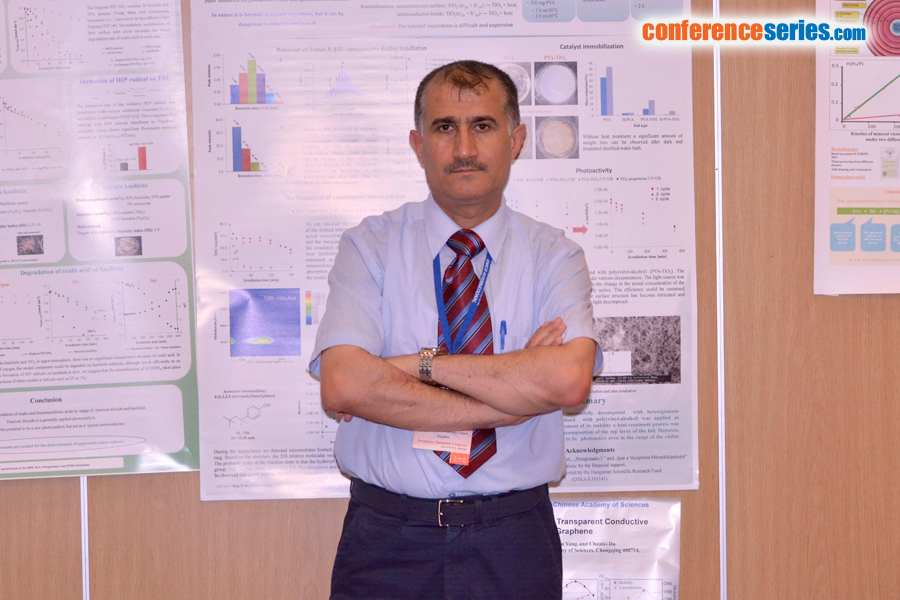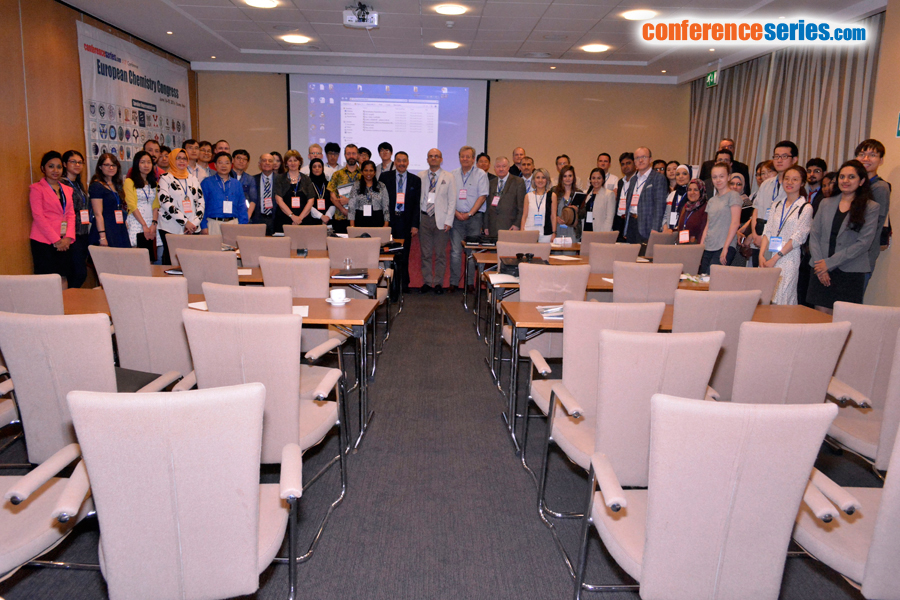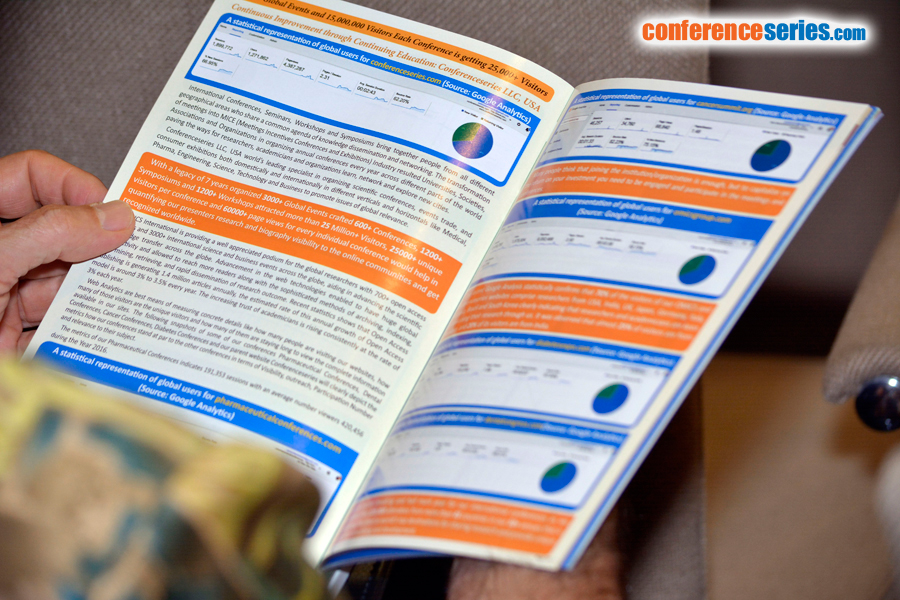
Zahid O Alibrahim
Wolverhampton University, United Kingdom
Title: Bioavailability and concentration of selected heavy metals from soils at the Ecton mining area with long-mining history of Cu, Pb, and Zn, Derbyshire, UK
Biography
Biography: Zahid O Alibrahim
Abstract
The present study area is located at the southern part of the Peak District, England, UK. It has long mining history for the production of Cu, Pb, and Zn. As a consequence, a legacy of contaminated sites was left in the area that may pose a potential risk to the ambient environment. Since the area is currently being used by grazing livestock, therefore, bioavailability investigation of potentially toxic metals such as Cu, Pb, Zn, Mn, Cr, Ni, and V has been carried out using one step extraction procedure of 0.01 M EDTA, as this would help for better understanding of the risk that heavy metals can pose to living organisms. To this end, a total of 51 samples of topsoils, floodplain soils, and stream sediment soils (37, 11, and 3 respectively) were collected, and analysed for their total concentrations using ICP (Inductively Coupled Plasma) optical emission spectroscopy. Results show that, depending on the bioavailable ratio, soil samples have the biggest EDTA extractable amount for all studied metals, except for Mn and Cr for which highest levels were found in the floodplain samples. However, on the basis of national bioavailable mean amount in England and Wales, the amount of EDTA metal extractable for all selected metals from soil samples are exceeded the national average amounts of England and Wales, except for Mn and Ni, whereas in floodplain and stream sediment samples, all EDTA metals extractions are lower than the national mean levels, except Cu and Zn for flood plan samples. Principal component analysis (PCA) technique was performed to investigate how the bioavailable fractions of studied metals and factors namely (organic matter contents, soil pH, and different granulometric ranges) are correlated. Results show that both organic matter amounts and fine fractions (clay and silt) were the master factors controlling the bioavailable portion in all soil types.







